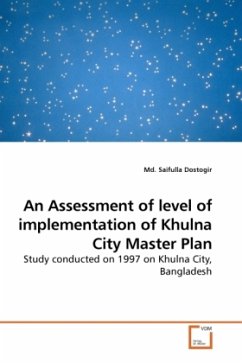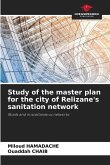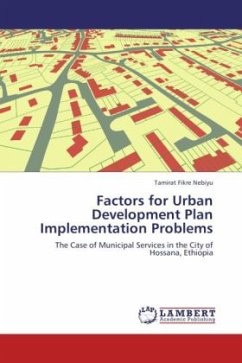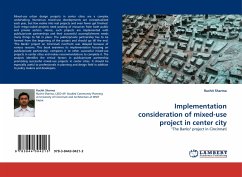To give shape to a planned city a Master Plan was drawn up in 1961 for khulna city covering an area of 42,635 acres. All major assumptions of the Master Plan regarding population growth, densification of existing city, and extension of city to peripheral areas, land development programme have been far exceeded within a short period.In this context,this study is an attempt to reveal the actual stage of implementation of the Master Plan proposals. In addition to assessment the rate of implementation, the study identifies some factors due to which the implementation process presents a low rate of success. Several issues concerning low level of execution has come into focus during the study. Also the resultant impact from this situation also highlighted in this study. Lastly some recommendations have been set forth upon the learning of all factors and issues concerning poor level of execution.
Bitte wählen Sie Ihr Anliegen aus.
Rechnungen
Retourenschein anfordern
Bestellstatus
Storno








